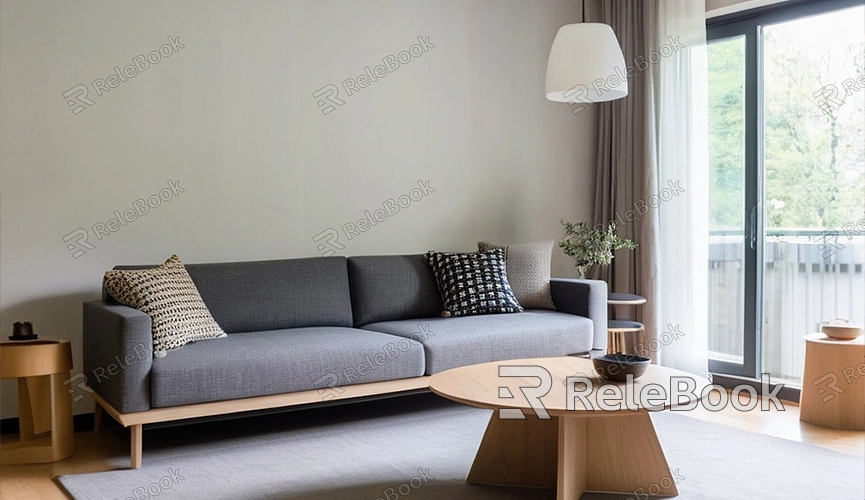How to Add Texture in Blender
Adding texture in Blender is one of the crucial steps to make 3D models more realistic and vivid. Whether creating still images or animations, correctly adding texture can enhance the realism of the models. Below are the simple steps to add texture in Blender.
1. Prepare the Scene and Objects
Before getting started, ensure your scene and objects are ready. You can use Blender's built-in modeling tools to create objects or import other 3D models. Make sure the scene is set up with the necessary lighting, cameras, etc.

2. Open the UV Editor
To add texture, you first need to open the UV Editor in Blender. Select the object in the Blender interface and switch to Edit Mode. Then, choose the "UV Editing" tab from the top menu bar, which will open the UV Editor panel.
3. Create UV Mapping
In the UV Editor, you can unwrap the surface of the 3D object into a 2D plane to add texture to it. Select the object you want to add texture to and use various selection and projection tools in Edit Mode to create UV mapping. Ensure each face has proper UV layout for the texture to be applied correctly.
4. Import Texture Image
In the UV Editor, click on the "Image" menu and select "Open Image," then import the texture image you want to apply. Make sure the selected texture image matches the UV layout of the object so that the texture can be correctly mapped to the object's surface.
5. Apply Texture
In the UV Editor, drag the texture image onto the UV layout of the object. Then switch to the Material Editor in the 3D view and select the material to which you want to add texture. In the material properties panel, click the "Open" button next to "Base Color" or other relevant options and select the imported texture image to apply it to the object.
6. Adjust Texture Properties
After adding texture, you can adjust various properties of the texture in the material properties panel, such as color, reflection, transparency, etc. By adjusting these properties, you can make the texture look more realistic and fit the overall scene effect.
7. Preview and Debug
After finishing the texture setup, you can preview the appearance of the object in Blender. By switching to Rendered view or Real-Time Rendering mode, you can see how the object performs during rendering and debug and optimize the texture effects to ensure the best visual results.
Texture Tips
Choose High-Quality Texture Images: Using high-resolution, clear texture images can achieve better rendering effects.
Utilize Texture Nodes: Using nodes in the Material Editor to control various texture properties can achieve more complex effects.
Multi-layer Textures: You can overlay multiple texture layers and use blending modes and transparency to create more complex texture effects. If you need high-quality 3D textures, HDRI, or 3D model downloads for creating models and virtual scenes, you can download them from Relebook and directly import textures and 3D models into your project.

